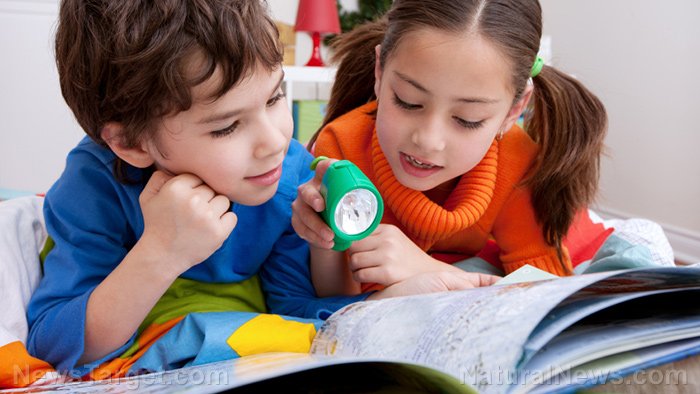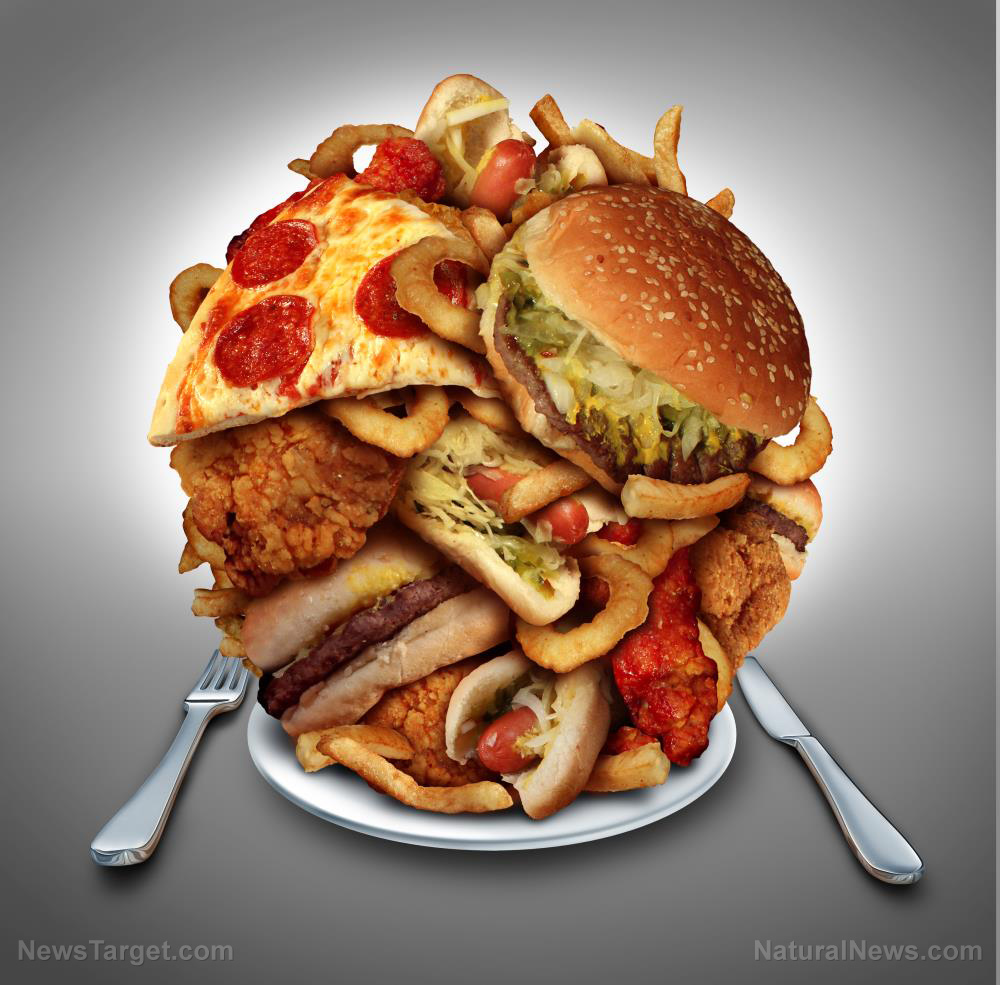
Led by Pam Factor-Litvak, Professor of Epidemiology at the Columbia University Medical Center, the researchers collected and measured two thyroid hormones from 229 children, aged three, and 229 pregnant women. All subjects were enrolled in the Mothers and Newborns Study at the Columbia Center for Children's Environmental Health. The thyroid hormones were assessed against five phthalates; the metabolites of monoethyl phthalate (MEP), monobenzyl phthalate (MpzP), mono isobutyl phthalate (MiBP), and mono-n-butyl phthalate (MnBP) were all associated with lower levels of free T4 in the girls. Conversely, prenatal exposure to a metabolite of Di (2-ethylhexyl) phthalate (DEHP) was linked to elevated free T4 levels. The researchers believe that this finding suggests age of exposure has a role in determining how phthalates will affect thyroid function.
“The thyroid acts as the master controller of brain development. Thyroid hormones set the schedule, and if the timing is out of synch, there may be later consequences in the brain,” Factor-Litvak explained. “The thyroid disruptions we see in this study, although they fall within the normal range, could explain some of the cognitive problems we see in children exposed to phthalates and we are currently investigating that. As we know from lead, even small exposures can make a big difference.” (Related: Phthalates in plastic products decrease testosterone levels in men, women and children)
On preventing exposure to phthalates, Factor-Litvak stated: “Parents with young children should avoid using products containing phthalates such as shampoos, nail polish, and vinyl flooring.”
What are phthalates?
Phthalates are widely-used chemical plasticizers that prevent plastics from breaking by making them pliable. They've been in use since the 1950s and have been applied in all kinds of products. These can include electronics, toys, adhesives, flooring, and car-care products. In personal care products, phthalates are used to lubricate other substances, make fragrances last longer, and help lotions penetrate the skin. Phthalates are not chemically-bound to the plastics, however, so they leach into the environment over time. The most common phthalates are:
- BBzP (benzyl butyl phthalate)
- Bisphenol A (BPA)
- DBP (dibutyl phthalate)
- DEHP (di 2-ethylhexl phthalate)
- DEP (diethyl phthalate)
- DMP (dimethyl phthalate)
- DNOP (di-n-octyl phthalate)
- DiDP (diisodecyl phthalate)
- DiNP (diisononyl phthalate)
- DnHP (di-n-hexyl phthalate)
- DnOP (di-n-octylphthalate)
Children are the most vulnerable to phthalates exposure because of their “hand-to-mouth behaviors, floor play, and developing nervous and reproductive systems,” said Sheela Sathyanarayana, acting assistant professor in the Department of Pediatrics at the University of Washington. Ingestion is one of the ways phthalates can enter a child's body, given that babies routinely put things in their mouths and suck on them. Inhalation and absorption are the other ways, with absorption usually occurring when cosmetic or personal care products are applied to the skin and eventually absorbed into the bloodstream.
To avoid absorbing phthalates, Sathyanarayana has recommended using only medically-indicated baby care products, especially if the child is eight months or younger. Manufacturers are not required to list phthalates separately from the other ingredients of a product, so they may have simply included the phthalates under the term “fragrance”.
Visit Chemistry.news for more stories just like this one.
Sources include:
Please contact us for more information.























